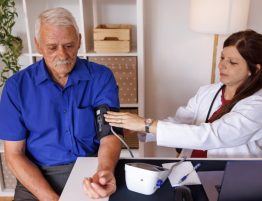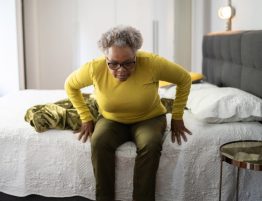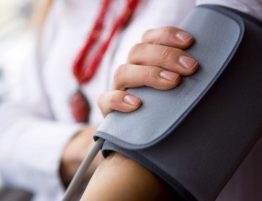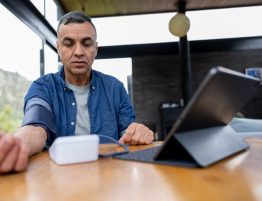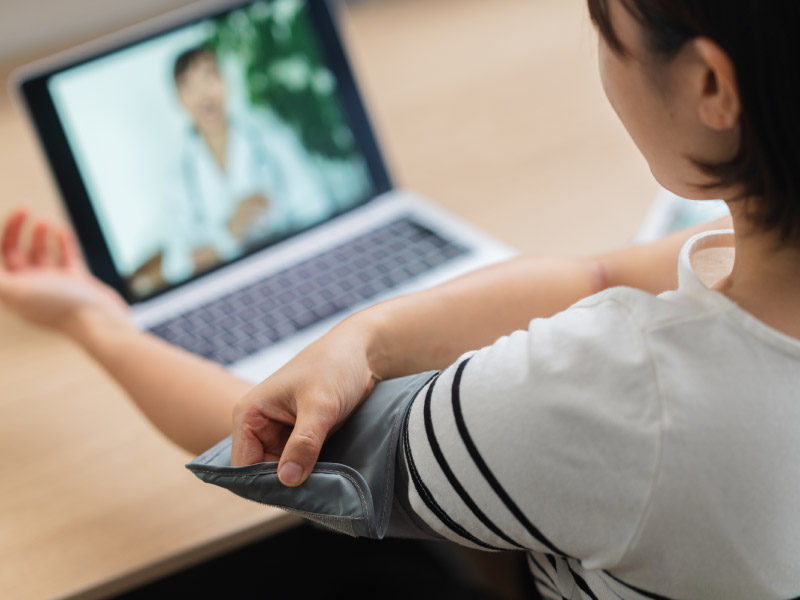
Young Asian women with diabetes, obesity or polycystic ovary syndrome may be more likely to have high blood pressure than their peers without those conditions, according to new research that calls for increased medical attention in this population.
Nearly half of U.S. adults have high blood pressure, or hypertension, including 46% of Asian adults, according to federal statistics. One of the fastest-growing ethnic groups in the U.S., the Asian American population in 2019 was 23 million, nearly 7% of the overall population, the Census Bureau estimated.
But little research has been done on their cardiovascular health.
In a new study to be presented Saturday at the American Heart Association’s virtual Scientific Sessions, researchers looked at different Asian ethnicities for a link between high blood pressure and related conditions like diabetes, obesity and polycystic ovary syndrome (PCOS), a hormonal imbalance that affects 1 in 10 women of childbearing age.
They examined electronic data from 19,258 Chinese, 23,213 Filipina and 19,108 South Asian women ages 21 to 44. The findings linked PCOS, obesity and diabetes with higher prevalence of hypertension in Asian women of all three ethnicities.
But diabetes carried the highest risk. Among Filipinas with the condition, 39% had high blood pressure, as did 25% of Chinese women and 18% of South Asian women with diabetes. By comparison, the rates of high blood pressure in the absence of diabetes and the other two conditions were 4% for Filipinas, 1% for Chinese women and 1% for South Asian women.
The findings are considered preliminary until published in a peer-reviewed journal.
It’s difficult to draw conclusions about why some women with these conditions have higher rates of high blood pressure, said study co-author Dr. Jerry Liu. But he said the findings suggest a need for “increased awareness, which can lead to earlier diagnoses that can potentially lead to better patient care.”
Digging deeper, researchers found Filipinas were 2.6 times more likely than Chinese women to have high blood pressure, even after adjusting for age, body mass index, diabetes and PCOS. The adjusted odds of hypertension were slightly lower for South Asian women compared to Chinese women.
“For young Asian women, especially Filipinas, there is a need for heightened blood pressure and blood sugar surveillance. If patients have diabetes, PCOS or obesity, they should have their blood pressure monitored by their primary care physicians,” said Liu, a specialist in internal medicine at Beth Israel Deaconess Hospital Medicine group in Boston. He led the study while at Kaiser Permanente Oakland Medical Center in California.
Liu said there’s a need for more research on the link between diabetes and high blood pressure, as well as more studies that explore which medical conditions are more prevalent in certain Asian subgroups.
Dr. Latha Palaniappan, a professor of medicine at Stanford University in California, said she’d like to see more research into the best methods for lowering blood pressure in high-risk groups.
Palaniappan, who was not involved in the new research, co-authored a recent study in the Journal of Community Health among participants in Manila, the Philippines. Monthly education sessions and weekly text message reminders about diet and exercise helped lower their blood pressure. It’s possible that a similar cost-effective approach might work in the U.S., she said.
She also recommended regular blood pressure screening, including weekly at-home testing, for all people with high blood pressure.
“When this risk factor is identified, it’s extremely important that the proper treatment and control is achieved” to prevent future cardiovascular problems like strokes and heart attacks, said Palaniappan, director and co-founder of the Center for Asian Health Research and Education at Stanford.
Another key step is reducing high-sodium foods, especially prepared foods, and increasing intake of vegetables and fruits to nine servings a day, she said.
“I tell my patients they should be eating more food with peels rather than from packages.”
Find more news from Scientific Sessions.
If you have questions or comments about this story, please email editor@heart.org.


